Home>Furniture & Design>Interior Design Trends>What Is Float Glass
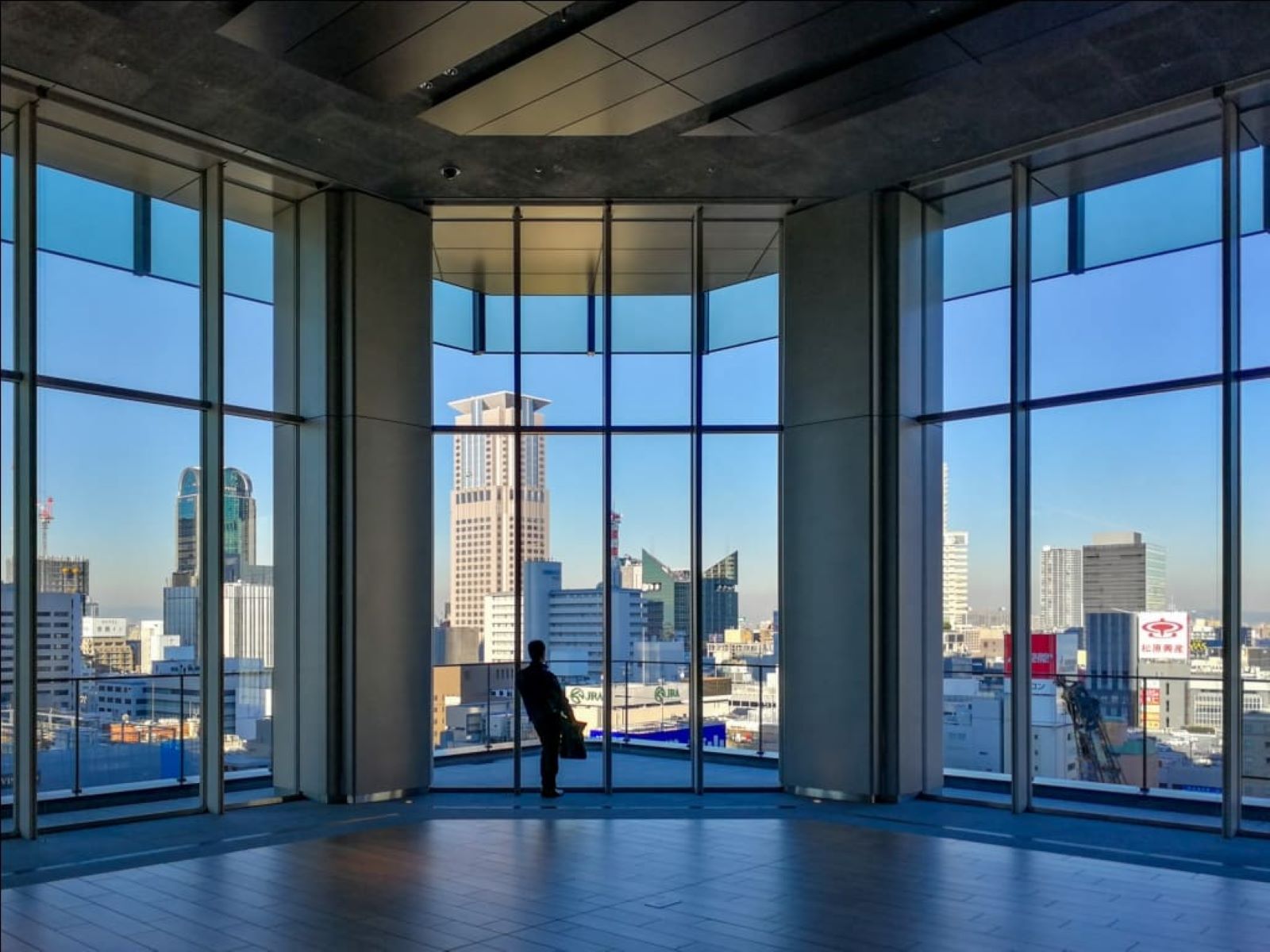

Interior Design Trends
What Is Float Glass
Modified: February 18, 2024
Discover the latest interior design trends with float glass. Learn how this versatile material can elevate your space and enhance your design vision. Explore the possibilities today!
(Many of the links in this article redirect to a specific reviewed product. Your purchase of these products through affiliate links helps to generate commission for Storables.com, at no extra cost. Learn more)
Introduction
Float glass is a fundamental component of modern architecture and interior design, playing a pivotal role in shaping the aesthetics and functionality of buildings and homes. Its versatility and unique properties have made it a popular choice for a wide range of applications, from windows and doors to glass partitions and furniture. Understanding the intricacies of float glass is essential for anyone involved in the design and construction industry, as it forms the foundation for numerous innovative and sustainable solutions.
Float glass has revolutionized the way we perceive and utilize glass in our surroundings. Its seamless, pristine appearance, coupled with its exceptional clarity and uniform thickness, has set a new standard for architectural glazing. As a result, it has become the go-to material for creating light-filled, open spaces that seamlessly blend the indoors with the outdoors.
In this article, we will delve into the world of float glass, exploring its definition, manufacturing process, properties, applications, as well as its advantages and disadvantages. By gaining a comprehensive understanding of float glass, you will be equipped to make informed decisions when incorporating this remarkable material into your design projects. Let's embark on a journey to uncover the fascinating intricacies of float glass and its profound impact on the world of design and architecture.
Key Takeaways:
- Float glass is a super clear, strong, and versatile material that revolutionizes architecture and interior design, creating light-filled, visually stunning spaces that seamlessly blend with the environment.
- While float glass offers exceptional clarity and durability, it’s important to consider its vulnerability to breakage and limited thermal insulation, balancing its advantages with safety and energy efficiency.
Read more: When Broken Glass Floats
Definition of Float Glass
Float glass is a type of glass that is manufactured using the float glass process, which revolutionized the glassmaking industry when it was introduced in the late 1950s. This innovative method involves pouring molten glass onto a bed of molten tin, resulting in a perfectly flat and uniform surface with exceptional optical clarity. The name "float glass" originates from the process of floating the molten glass on the surface of the molten tin, allowing it to spread out and form a smooth, consistent sheet.
One of the defining characteristics of float glass is its remarkable flatness and absence of distortion, making it an ideal choice for architectural applications where visual clarity is paramount. Unlike traditional methods of glass production, which often resulted in uneven surfaces and imperfections, float glass offers a pristine and flawless appearance, enhancing the aesthetic appeal of any space.
The manufacturing process of float glass begins with high-quality raw materials, including silica sand, soda ash, dolomite, limestone, and salt cake, which are carefully measured and mixed to form a homogeneous batch. This batch is then fed into a furnace, where it is melted at extremely high temperatures, typically exceeding 1500°C. The molten glass is then carefully poured onto the surface of a molten tin bath, where it spreads out to form a continuous ribbon of glass with uniform thickness.
Once the glass ribbon has solidified, it undergoes a meticulous annealing process to relieve internal stresses and ensure optimal strength and durability. The resulting float glass sheet boasts exceptional optical clarity, flatness, and surface quality, making it a versatile and sought-after material for a wide range of architectural and interior design applications.
In summary, float glass represents a groundbreaking advancement in the glassmaking industry, offering unparalleled visual clarity, uniformity, and quality. Its innovative production process has redefined the possibilities of architectural glazing, inspiring designers and architects to create light-filled, visually stunning spaces that seamlessly integrate the beauty of the surrounding environment.
Manufacturing Process of Float Glass
The manufacturing process of float glass is a meticulously orchestrated sequence of steps that culminates in the creation of pristine, high-quality glass sheets. This innovative method, which revolutionized the glassmaking industry, involves a combination of precision engineering, advanced materials, and controlled thermal processes to produce glass of exceptional flatness, clarity, and uniform thickness.
The journey of float glass begins with the careful selection and preparation of raw materials, including silica sand, soda ash, dolomite, limestone, and salt cake. These components are meticulously measured and mixed to form a homogeneous batch, ensuring the precise chemical composition required for the production of top-grade glass. The batch is then fed into a furnace, where it undergoes a high-temperature fusion process, typically exceeding 1500°C. This intense heat causes the raw materials to melt and transform into a viscous, molten state, ready for the next crucial stage of the process.
The molten glass is then carefully poured onto the surface of a molten tin bath, a pivotal step that sets the float glass process apart from traditional glassmaking methods. As the glass spreads out on the tin surface, it forms a continuous ribbon with a perfectly flat and uniform top surface, free from the undulations and imperfections often associated with conventional glass production techniques. This remarkable feat is achieved through the principle of floatation, where the molten glass, being less dense than molten tin, effortlessly glides and spreads to create a flawless sheet.
Once the glass ribbon has achieved the desired dimensions and thickness, it undergoes a controlled cooling process to solidify and stabilize its structure. This is followed by an annealing process, where the glass is gradually cooled to relieve internal stresses and enhance its strength and durability. The resulting float glass sheet exhibits exceptional optical clarity, flatness, and surface quality, setting a new standard for architectural glazing and interior design applications.
The precision and sophistication of the float glass manufacturing process have elevated the possibilities of architectural glazing, inspiring designers and architects to push the boundaries of creativity and innovation. The seamless, pristine appearance of float glass, coupled with its exceptional visual properties, has made it an indispensable material for creating light-filled, visually stunning spaces that seamlessly integrate with the surrounding environment.
In summary, the manufacturing process of float glass represents a triumph of engineering and ingenuity, delivering glass of unparalleled quality and versatility. Its impact on the world of design and architecture is profound, offering a canvas of possibilities for creating captivating, light-infused interiors and structurally impressive facades.
Properties of Float Glass
Float glass possesses a remarkable array of properties that make it an indispensable material in the realm of architecture and interior design. These properties contribute to its widespread use in a diverse range of applications, from sleek glass facades to elegant tabletops and expansive windows. Understanding the unique characteristics of float glass is essential for harnessing its full potential in design projects.
Exceptional Optical Clarity: One of the most striking properties of float glass is its exceptional optical clarity. The glass exhibits minimal distortion, allowing light to pass through with unparalleled transparency. This property is particularly valuable in architectural applications where visual clarity and unobstructed views are desired.
Uniform Thickness: Float glass is renowned for its uniform thickness, which is a result of the precise manufacturing process. This consistency ensures that the glass maintains its structural integrity and visual appeal, making it an ideal choice for large-scale glazing installations and structural elements.
Smooth, Flat Surface: The surface of float glass is impeccably smooth and flat, devoid of undulations or imperfections. This property enhances the aesthetic appeal of the glass, creating a pristine canvas for interior and exterior design elements. The smooth surface also facilitates easy cleaning and maintenance, adding to its practicality.
High Strength and Durability: Despite its delicate appearance, float glass exhibits remarkable strength and durability. This property is attributed to the annealing process during manufacturing, which relieves internal stresses and enhances the glass's resilience to external forces. As a result, float glass can withstand the rigors of daily use and environmental factors.
Versatility: Float glass is an incredibly versatile material, lending itself to a myriad of applications. From decorative glass panels to functional tabletops and energy-efficient windows, its versatility allows designers to explore innovative possibilities and push the boundaries of creativity.
Thermal Stability: Float glass demonstrates excellent thermal stability, making it suitable for use in environments with fluctuating temperatures. This property is particularly valuable in energy-efficient building designs, where the glass contributes to maintaining comfortable indoor climates.
Sound Insulation: In addition to its visual properties, float glass offers sound insulation benefits, helping to create acoustically comfortable spaces. This property is advantageous in both residential and commercial settings, where noise reduction is a key consideration.
In summary, the properties of float glass encompass a blend of visual, structural, and functional attributes that elevate its status as a premier material in the world of design and architecture. Its exceptional optical clarity, uniform thickness, and versatility, combined with its strength and durability, position float glass as a cornerstone of modern interior and exterior design.
Applications of Float Glass
Float glass finds a myriad of applications across diverse sectors, owing to its exceptional properties and versatility. Its seamless, pristine appearance, coupled with its remarkable optical clarity and uniform thickness, makes it an ideal choice for a wide range of architectural and interior design applications.
Read more: How Much Are Glass Floats Worth
Architectural Glazing
Float glass is extensively utilized in architectural glazing, where it serves as the primary material for creating expansive glass facades, curtain walls, and skylights. Its exceptional optical clarity and uniform thickness allow architects to design striking, light-filled spaces that seamlessly integrate with the surrounding environment. Additionally, the smooth, flat surface of float glass provides a pristine canvas for showcasing the architectural elements of a building, enhancing its visual appeal.
Windows and Doors
The use of float glass in windows and doors is ubiquitous, thanks to its superior optical properties and durability. Whether in residential, commercial, or institutional settings, float glass windows and doors offer unobstructed views, ample natural light, and thermal insulation. The uniform thickness of float glass ensures structural integrity, making it a reliable choice for creating energy-efficient and aesthetically pleasing openings in buildings.
Interior Partitions and Dividers
In interior design, float glass is employed to create elegant partitions and dividers that delineate spaces while maintaining a sense of openness and connectivity. Its smooth, flat surface and transparency allow for the creation of visually striking yet functional elements within interior environments. From office partitions to residential room dividers, float glass adds a touch of modernity and sophistication to interior spaces.
Glass Furniture and Fixtures
Float glass is a popular choice for crafting glass furniture and fixtures, such as tabletops, shelves, and display cases. Its uniform thickness and smooth surface contribute to the sleek and contemporary aesthetic of glass furniture, while its strength and durability ensure practicality and longevity. Whether in residential or commercial settings, glass furniture made from float glass adds a touch of elegance and modernity to interior spaces.
Read more: What Are Floating Stairs
Decorative Applications
The versatility of float glass extends to decorative applications, where it is used to create artistic glass panels, feature walls, and ornamental elements. Its exceptional optical clarity and ability to be customized through techniques such as etching and coloring make it a favored material for adding visual interest and sophistication to interior and exterior design schemes.
Energy-Efficient Glazing Systems
Float glass plays a crucial role in the development of energy-efficient glazing systems, including insulated glass units (IGUs) and low-emissivity (low-e) glass. By incorporating float glass into these systems, designers and architects can enhance the thermal performance of buildings, reduce energy consumption, and create comfortable indoor environments while maximizing natural light.
In essence, the applications of float glass span a wide spectrum of design and construction domains, offering unparalleled possibilities for creating visually stunning, functional, and sustainable spaces. Its adaptability and enduring qualities position float glass as an indispensable material in the modern built environment, shaping the way we experience and interact with architectural and interior spaces.
Advantages and Disadvantages of Float Glass
Float glass offers a host of advantages that have solidified its position as a premier material in the realm of architecture and interior design. These advantages encompass its optical properties, structural integrity, versatility, and contribution to sustainable design practices. However, it is important to acknowledge that float glass also presents certain limitations and considerations that warrant attention in design and construction applications.
Advantages
Exceptional Optical Clarity
One of the standout advantages of float glass is its exceptional optical clarity. The glass exhibits minimal distortion, allowing for unobstructed views and the seamless transmission of natural light. This property is particularly valuable in architectural glazing, where visual transparency and a connection to the surrounding environment are desired.
Uniform Thickness and Flatness
Float glass is renowned for its uniform thickness and impeccably flat surface, attributes that contribute to its structural integrity and aesthetic appeal. The consistent thickness ensures stability and reliability in various applications, while the flat surface provides a pristine canvas for showcasing design elements.
Versatility and Customization
The versatility of float glass allows for a wide range of customization options, including tinting, coating, and decorative treatments. This adaptability enables designers to tailor the glass to specific aesthetic and functional requirements, opening up a realm of creative possibilities.
Strength and Durability
Despite its delicate appearance, float glass exhibits remarkable strength and durability, making it suitable for a variety of applications. The annealing process during manufacturing enhances its resilience to external forces, contributing to its longevity and practicality in architectural and interior settings.
Energy Efficiency
Float glass plays a pivotal role in the development of energy-efficient glazing systems, contributing to sustainable building practices. By incorporating float glass into insulated glass units (IGUs) and low-emissivity (low-e) glass, designers can enhance thermal performance, reduce energy consumption, and create comfortable indoor environments while maximizing natural light.
Read more: What Is A Floating Floor
Disadvantages
Vulnerability to Breakage
One of the primary considerations with float glass is its vulnerability to breakage, particularly in high-impact scenarios. While the glass is durable under normal conditions, it may pose safety concerns in environments where impact resistance is a critical factor.
Limited Thermal Insulation
Float glass, when used as a single pane, offers limited thermal insulation properties. In applications where enhanced energy efficiency is required, additional measures such as double glazing or low-e coatings may be necessary to achieve optimal thermal performance.
Environmental Considerations
The manufacturing process of float glass involves high energy consumption and emissions, raising environmental considerations. While efforts are being made to improve the sustainability of glass production, the environmental impact remains a point of concern.
In summary, the advantages of float glass, including its optical clarity, structural integrity, versatility, and contribution to energy efficiency, position it as a highly desirable material for architectural and interior design. However, it is essential to weigh these advantages against considerations such as vulnerability to breakage, limited thermal insulation, and environmental impact, ensuring informed decision-making in design and construction applications.
Conclusion
In conclusion, float glass stands as a testament to human ingenuity and innovation, reshaping the landscape of modern architecture and interior design. Its exceptional optical clarity, uniform thickness, and versatility have propelled it to the forefront of architectural glazing, offering a canvas of possibilities for creating visually stunning, functional, and sustainable spaces.
The manufacturing process of float glass, characterized by precision engineering and controlled thermal processes, has redefined the standards of glass production, setting a new benchmark for visual clarity and structural integrity. The seamless, pristine appearance of float glass, coupled with its remarkable flatness and surface quality, has empowered designers and architects to push the boundaries of creativity, creating light-filled, open spaces that seamlessly integrate with the surrounding environment.
The applications of float glass span a diverse spectrum, from expansive glass facades and energy-efficient windows to elegant interior partitions and decorative elements. Its adaptability and enduring qualities have made it an indispensable material in the modern built environment, shaping the way we experience and interact with architectural and interior spaces.
While float glass offers a host of advantages, including its optical properties, structural integrity, and contribution to sustainable design practices, it is important to acknowledge its limitations and considerations. Safety concerns related to breakage, the need for enhanced thermal insulation, and environmental impact underscore the importance of informed decision-making in utilizing float glass in design and construction applications.
As the architectural and interior design industries continue to evolve, float glass remains a cornerstone of innovation and creativity, offering a timeless blend of aesthetic appeal, functionality, and sustainability. Its enduring legacy as a transformative material serves as a testament to the power of human imagination and the pursuit of excellence in shaping the built environment.
In essence, float glass embodies the convergence of artistry and engineering, illuminating spaces with clarity and elegance while laying the foundation for a future where design and sustainability harmoniously coexist. Its influence on the world of design and architecture is profound, inspiring a new era of possibilities and redefining the essence of modern living.
Frequently Asked Questions about What Is Float Glass
Was this page helpful?
At Storables.com, we guarantee accurate and reliable information. Our content, validated by Expert Board Contributors, is crafted following stringent Editorial Policies. We're committed to providing you with well-researched, expert-backed insights for all your informational needs.
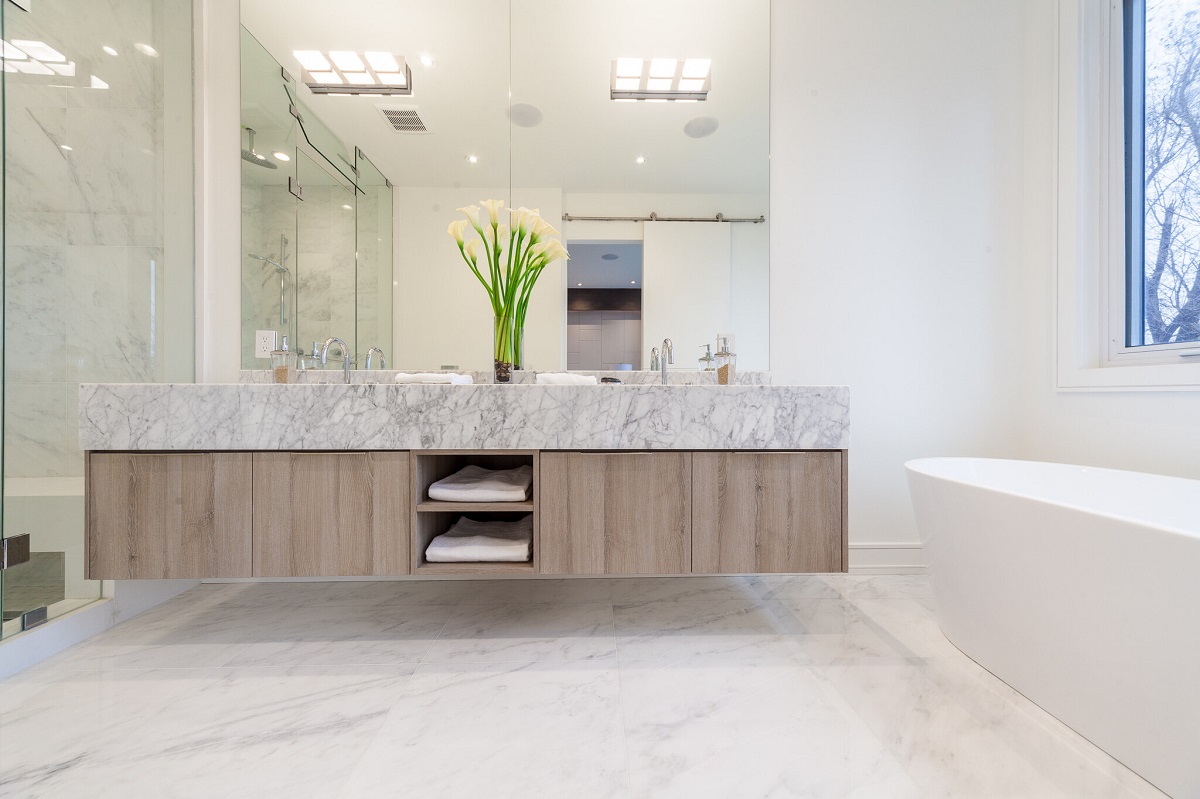





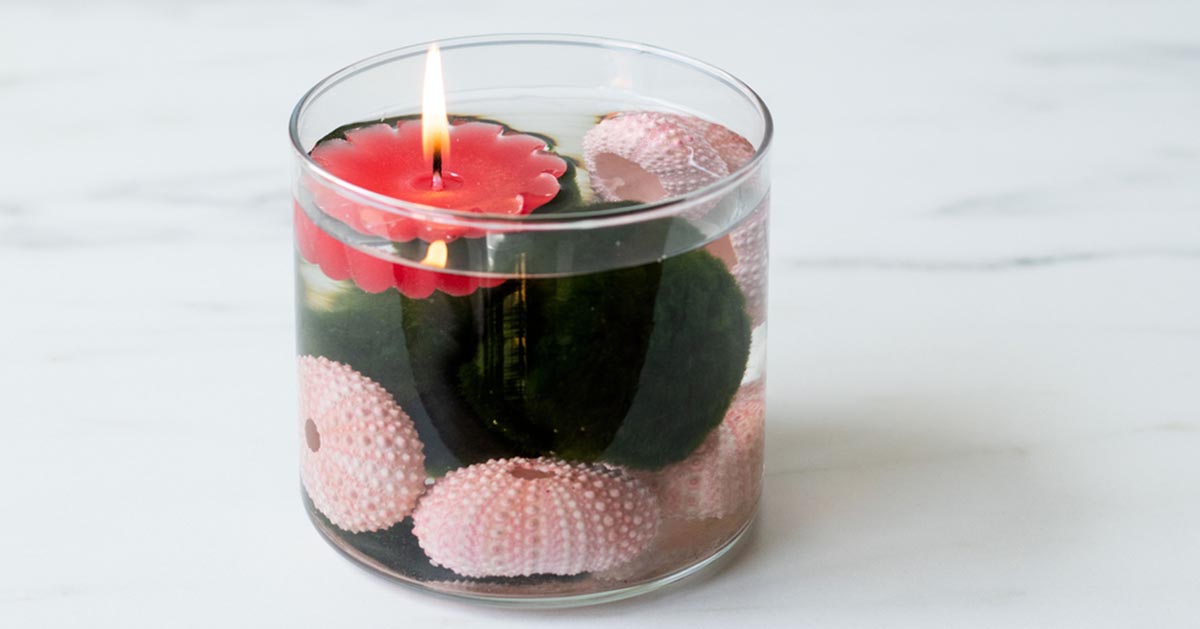
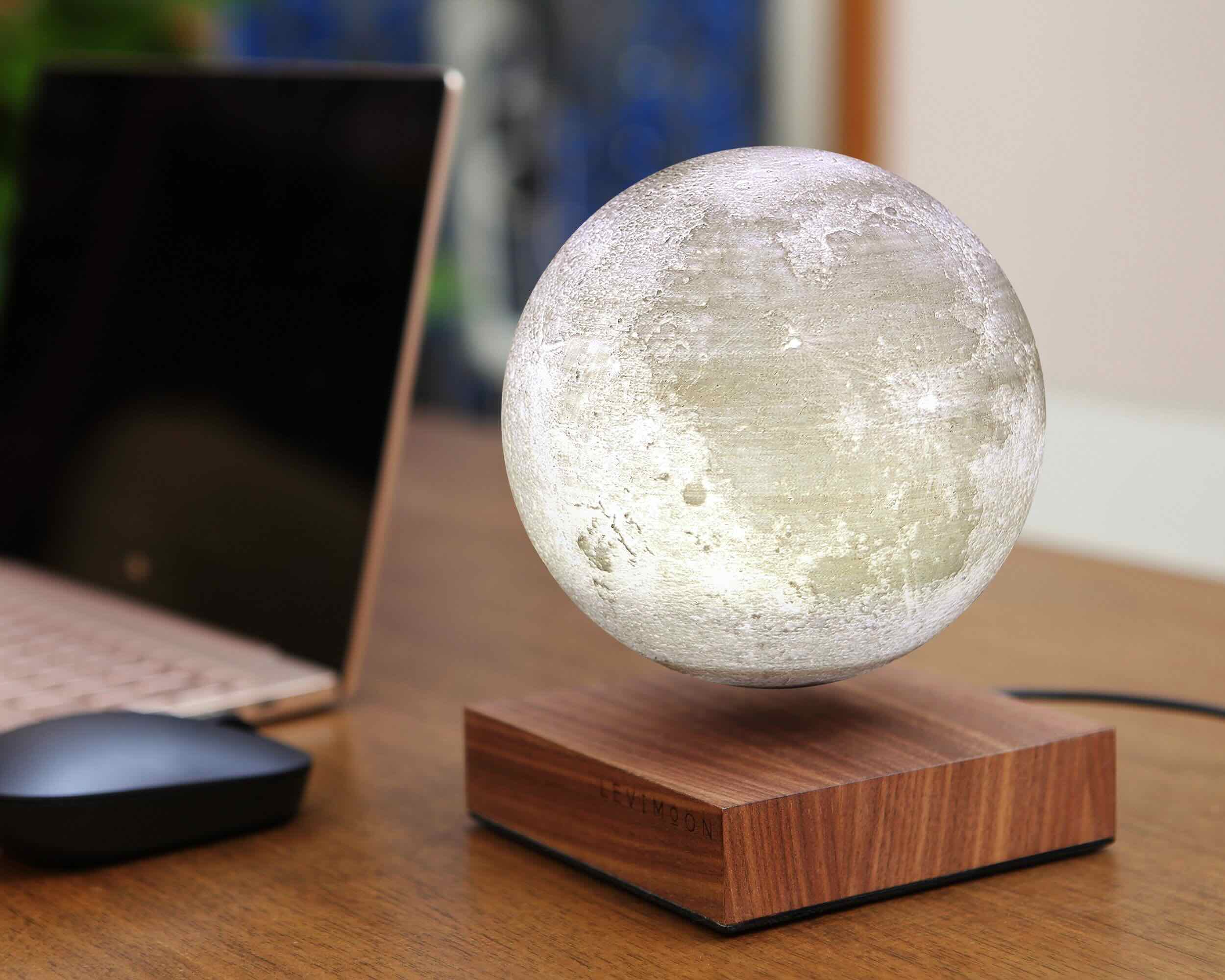
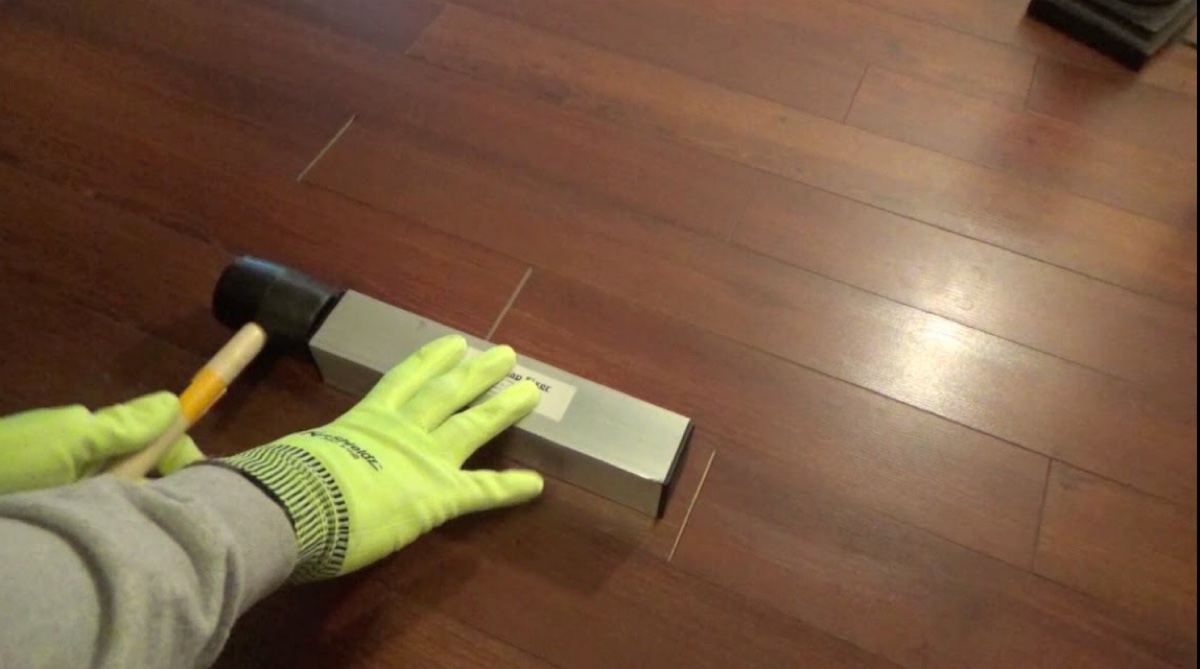
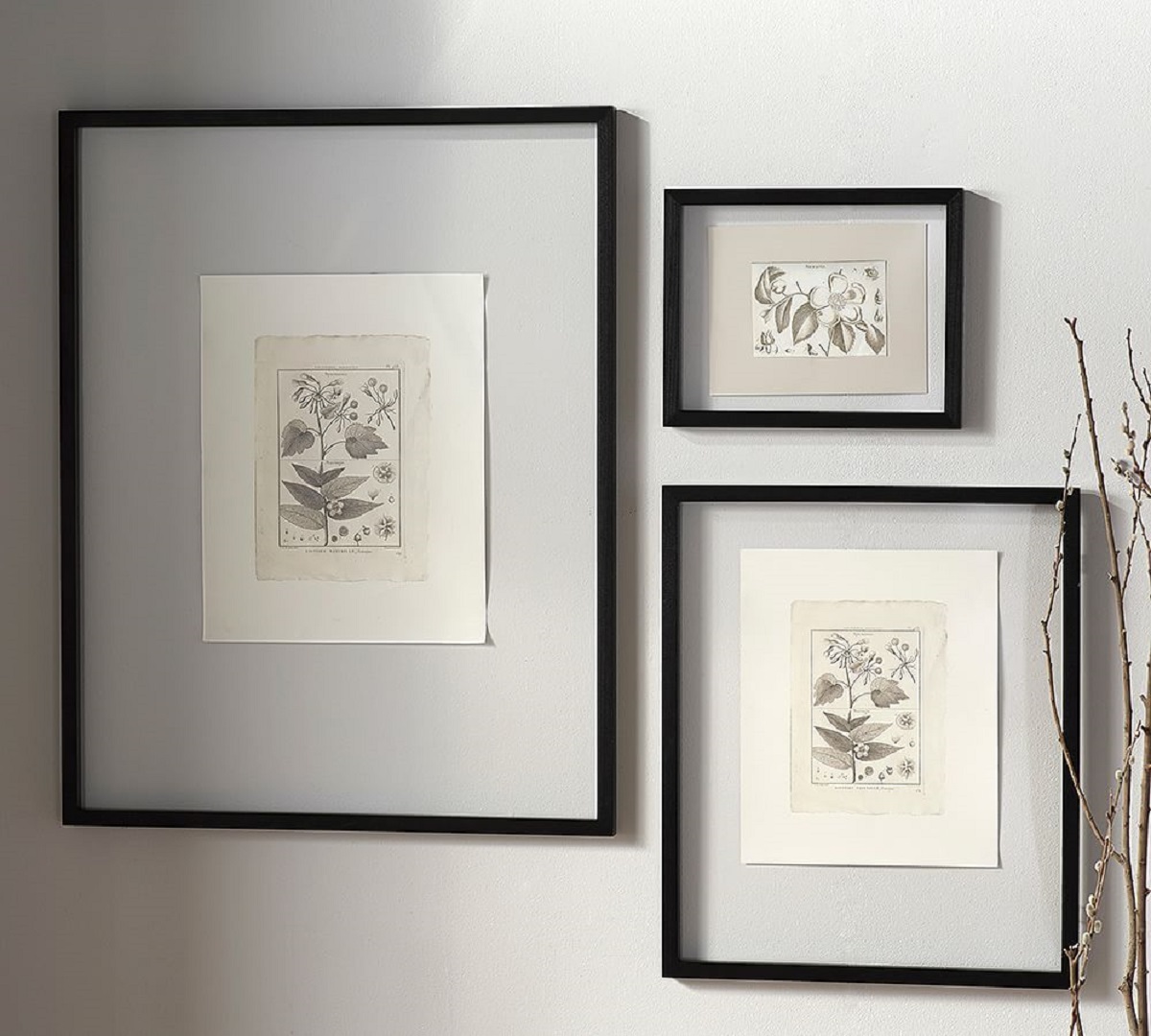
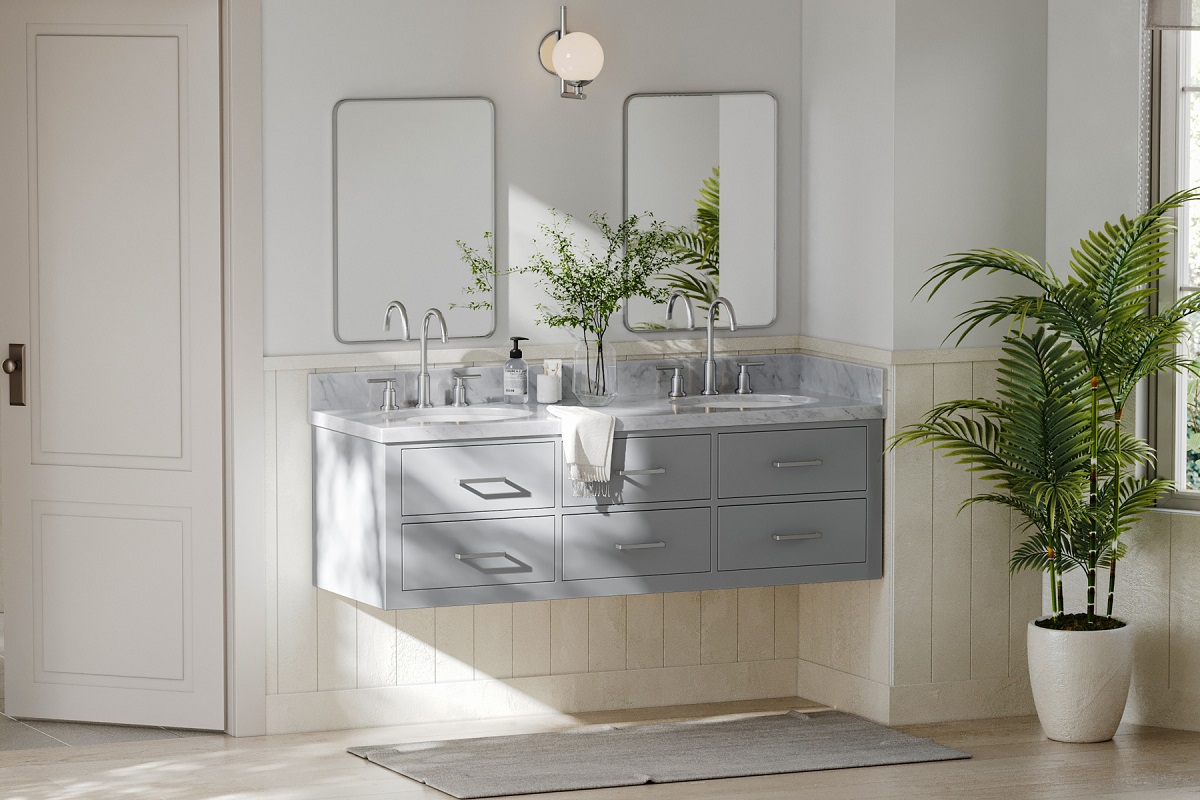
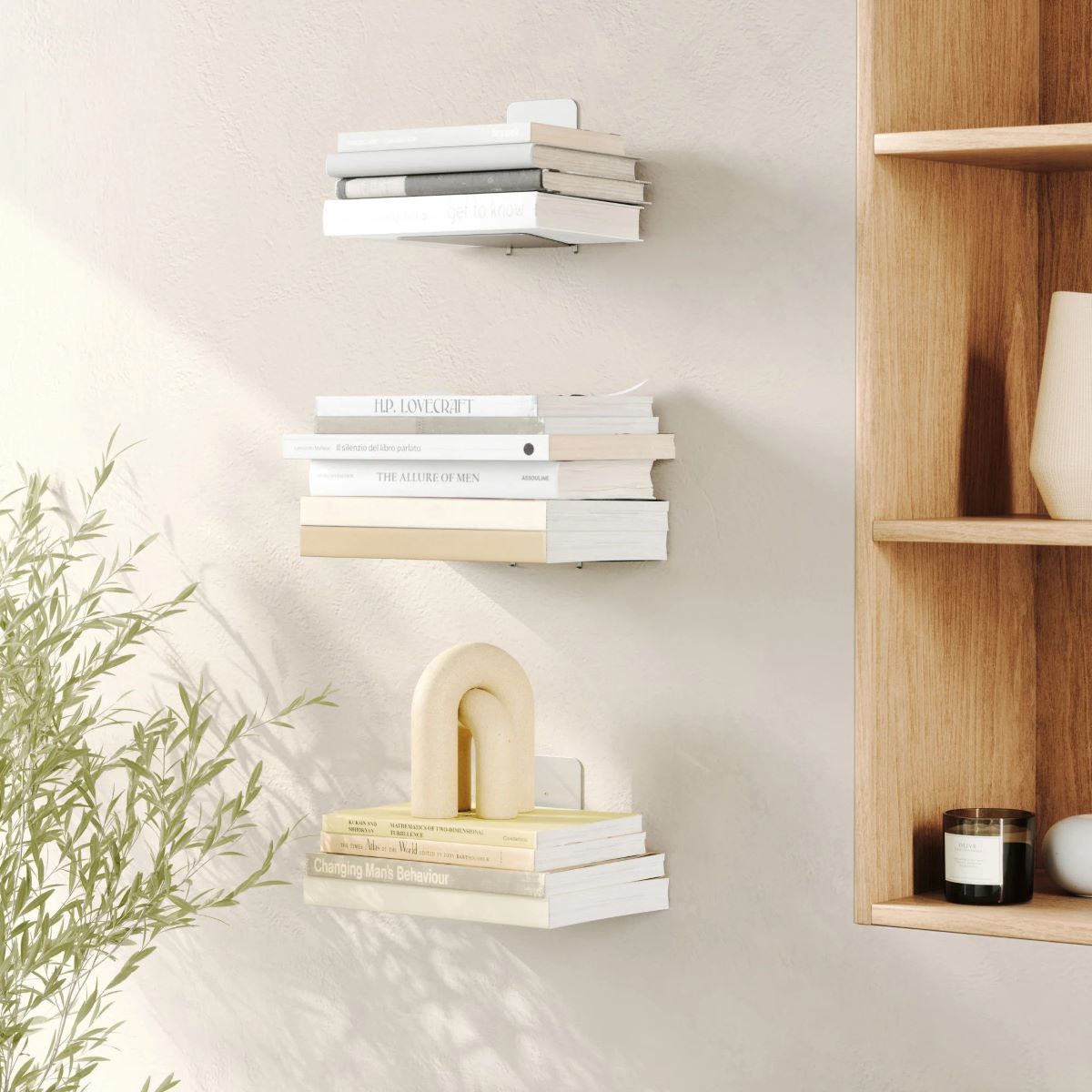

0 thoughts on “What Is Float Glass”